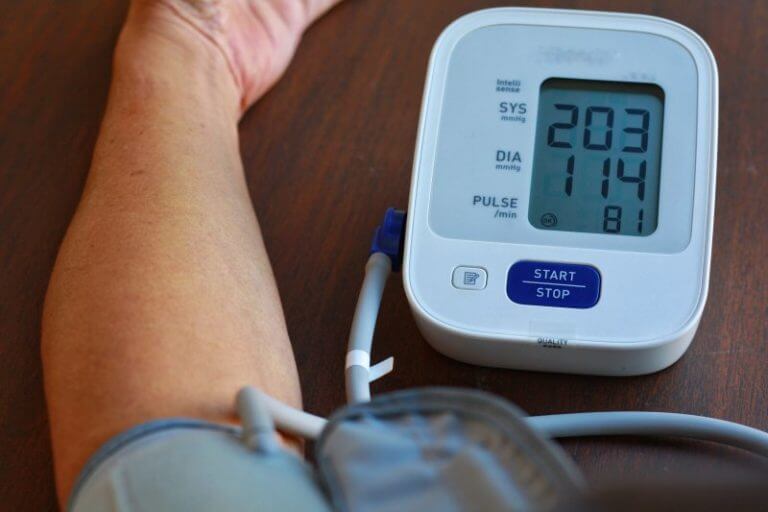Can Gum Disease Cause Your Blood Pressure to Rise?
Some consequences of gum disease are fairly obvious. You may notice your gums are more swollen and redder than usual, and eventually, some of your teeth might start to come loose. However, gum disease can also contribute to several other health problems. One alarming example is the apparent relationship between gum disease and high blood pressure; here are the facts behind this surprising connection.
How Does Gum Disease Affect Blood Pressure?
One 2021 study published in the journal Hypertension looked at 250 adults with advanced gum disease and compared the results to those of 250 adults without gum disease. According to the results, people with gum disease were twice as likely to have a high blood pressure reading.
What’s the reason behind this seemingly unlikely connection? It has to do with the bacteria that cause gum disease as well as the body’s response to them. Bacteria in your gums can enter your bloodstream and travel to different parts of the body. To try and fight the bacterial invaders, the body can trigger an inflammatory response. If inflammation occurs in the heart valves or the blood vessels, it may contribute to higher blood pressure, which in turn can raise your risk for heart disease.
What Can You Do to Treat Gum Disease?
Protecting your mouth from gum disease could also help you protect the rest of your body. As such, as soon as you notice the symptoms of a gum infection, you should call your periodontist to see what periodontal therapy options are available. Depending on how advanced the issue is, they may recommend:
- Periodontal Cleanings: A periodontal cleaning is similar to a traditional dental cleaning, but it’s performed every three to four months instead of twice a year. This helps prevent gum disease from spreading to other parts of the mouth.
- Scaling and Root Planing: A deep cleaning procedure can be performed to treat gum disease that’s still in the early stages. The scaling step involves removing bacteria deposits below the gum line, and root planing is the process of reshaping the tooth roots to aid the healing process.
- Osseous Surgery: If gum disease has already damaged the jawbone underneath the gums, it could form a space where bacteria may gather and cause further harm. Osseous surgery helps repair the jawbone while removing the infected tissue to avoid further problems.
The sooner you have gum disease treated, the less likely you’ll be to suffer from consequences like heightened blood pressure; waiting will only make the situation worse. Get in touch with your periodontist today if you have any reason to think that you might have an infection in your gums; the rest of your body may thank you for it later.

